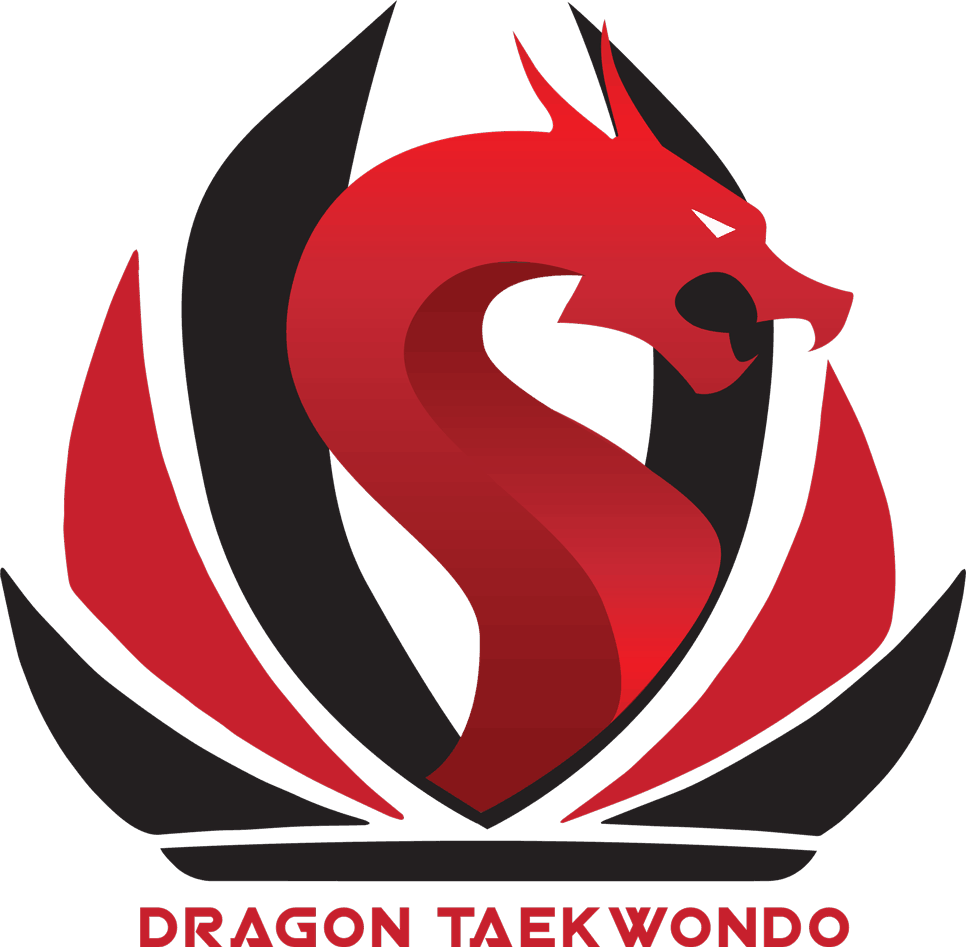Unlike Karate, Taekwondo utilizes a lot of kicking. This is partially due to the scoring system enforced in certain Taekwondo competitions. In the Olympics, kicks are given a higher point value than punches. This encourages participants to use their legs over their hands. At Dragon Taekwondo Academy in Milton, you will learn the full extent of the martial art and be able to defend yourself with your entire body, including punches.
Training Philosophy & Cultural Values
When exploring taekwondo vs karate, it’s important to understand that beyond physical movements, each martial art carries a unique philosophy and cultural heritage. Karate emphasizes kihon (basic techniques), kata (forms), and kumite(sparring), rooted in Japanese traditions that value minimalism, respect, and precision. Training often focuses on strong, linear strikes and building inner calmness through repetitive practice.
In contrast, taekwondo more specifically, the Korean branch of martial arts places a higher emphasis on agility, high kicks, and dynamic movements. The philosophy is deeply tied to the “Tenets of Taekwondo,” which highlight courtesy, integrity, perseverance, self-control, and an indomitable spirit. This mindset helps students develop not only as athletes but also as individuals who lead with respect and discipline in daily life.
Both systems instill mental resilience and discipline, but they cultivate slightly different approaches to self-improvement. Karate sharpens patience and refines technique through deliberate, grounded movement. Taekwondo nurtures adaptability, speed, and power through explosive kicks and fluid motion.
When comparing karate vs taekwondo, you’ll find both enrich the body and mind, just in distinct ways.
Competition Styles & Modern Applications
Another way to look at what is the difference between karate and taekwondo is through their competition formats. Karate tournaments typically emphasize points for controlled strikes with the hands and occasional low-to-mid-level kicks. Competitors are scored on precision, timing, and technical mastery.
Taekwondo competitions, on the other hand, often reward higher kicks particularly to the head and torso with more points. The use of electronic scoring vests in Olympic-style Taekwondo has further refined this approach, making high kicks a strategic priority. This difference in scoring naturally shapes the way athletes train and compete.
Outside of tournaments, both martial arts remain highly practical for self-defence. Karate’s hand-focused techniques can be valuable in close-range scenarios, while Taekwondo’s kicks can create distance and help control space.
How to Choose Between Karate and Taekwondo
If you’re wondering whether to pursue taekwondo vs karate, the choice often depends on your personal goals.
- For those who prefer hand techniques and close-range self-defence, karate may feel more natural.
- For students who enjoy dynamic movement and athletic kicks, taekwondo can be more exciting.
- For families seeking long-term development, both offer structured belt progressions and opportunities for character growth.
At Dragon Taekwondo, we welcome beginners of all ages who may still be exploring their martial arts journey. Understanding karate vs taekwondo is the first step toward finding a practice that aligns with your personality, fitness level, and long-term goals.
Building Lifelong Skills Through Martial Arts
Both karate and taekwondo go beyond physical training they teach self-awareness, respect, and perseverance. Students gain confidence not just through the mastery of techniques but through the steady progress that comes with consistent practice.
For children, these martial arts instill valuable life lessons such as teamwork, focus, and goal setting. For adults, they offer a way to improve fitness, reduce stress, and develop mental clarity. At Dragon Taekwondo Academy, we focus on cultivating these lifelong skills so that our students grow into stronger, more balanced individuals inside and outside the academy.


